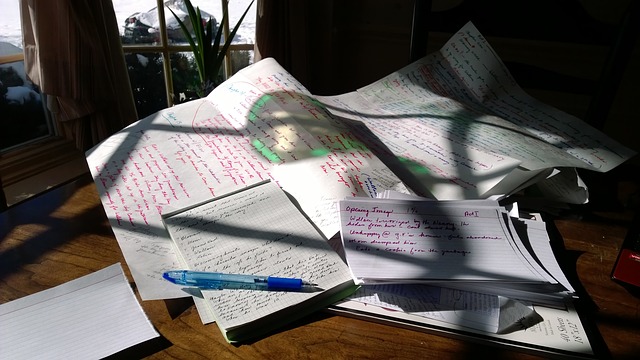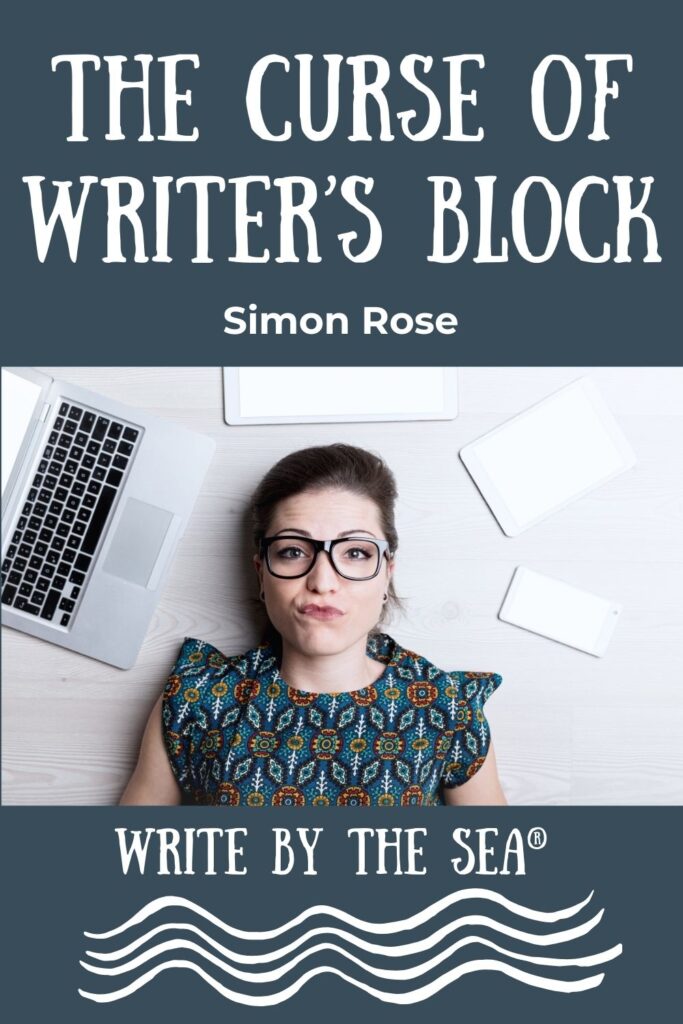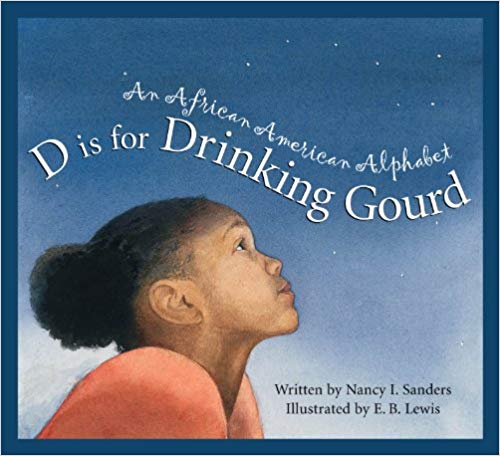Many people want to know how to write good query letters and cover letters.
So this post will explain the difference between query and cover letters and offer some tips for writing them.
Hopefully, these tips will help you achieve your goals of getting writing assignments and selling manuscripts.
Think of both query and cover letters as clear, concise vehicles for introducing yourself, your capabilities, and your work to an editor.
In a query letter, you are asking an editor to hire you for an assignment or to express an interest in seeing a manuscript you have completed.
To achieve this, you must convince an editor that you are qualified and have the skills to write the story, article, or book, that the piece fits with the magazine or book publisher’s goals and style, and that your manuscript is special (and accurate, if nonfiction).
A cover letter, on the other hand, simply tells the editor what you are submitting and perhaps why.
Many editors state that a cover letter is just a courteous way of briefly introducing yourself and your manuscript, rather than just sending in the manuscript with no introduction.
So basically, a cover letter should BRIEFLY let the editor know what you are sending, the genre, and a little bit about your credentials.
Unfortunately, editors say they receive many cover and query letters that do not achieve these simple objectives.
So here are some important…
Query and Cover Letter DO’s and DON’T’s
• DO address your letter to the correct person, using his or her name and spelling it correctly.
Find out who the appropriate editor for your submission is.
For magazines, look at the masthead or website; for book publishers, look at the website or market listing in a market guide.
Even if a publisher requests that queries be sent to “Acquisitions Editor” or to “Manuscript Queries,” still try to find out and use an editor’s name.
If you cannot find a name, it is acceptable to write, “Dear Editor.”
But don’t use “Dear Sir or Madam,” as it’s too formal and tells the editor that you have no clue about where to send your letter.
• DO make your query letter a maximum of one page and your cover letter a maximum of two short paragraphs.
• DO start off your letter by hooking the editor with an intriguing comment about your manuscript.
• DO mention the genre and age group for whom your manuscript is written; for instance, fiction story for children ages 9-12 or how-to article for young adults.
• DO mention word count and number of chapters, if relevant.
• In a query letter, DO include a brief synopsis or overview of your book or story’s plot or an outline if nonfiction.
• DO highlight what makes your manuscript unique, timely, or otherwise appropriate for the publisher.
• DO mention how your manuscript ties in to educational curriculum if it is educational.
• DO mention what your sources are for nonfiction.
• DO show the editor that you have read the publisher’s guidelines.
• DON’T tell the editor how wonderful your manuscript is, how much your children or friends love it, or why he or she must buy it.
• DO mention what inspired you to write the piece, if relevant.
• DO include a brief bio that includes your writing experience and publications and college or professional degrees.
If you have many publications, mention a few relevant ones.
• DON’T mention that you are inexperienced or have not published anything.
Focus on the positives.
Mention job experience, education, or hobbies that are relevant to the manuscript.
• DO mention any contact you have had with the editor, such as meeting her at a writer’s conference.
• DO mention what you know about another book the editor edited and how this applies to your manuscript.
• DO be professional.
Use plain white paper, standard margins and simple fonts.
Letters should be single-spaced.
Address the editor respectfully, as in “Dear Mr. (last name).”
Unless you know the person or have worked with him or her before, DON’T write things like “Hi Jane.”
• DON’T use gimmicks like gluing sparkles on your signature to try to stand out.
You will stand out in a non-professional way.
• DO exude enthusiasm for your topic/manuscript, but DON’T use tons of exclamation points or any cutesy remarks.
• DON’T mention $$$.
• DO mention rights you are selling in a cover letter if the manuscript has already been published and you are offering second rights.
• DO mention additional features, such as if you’ve written a sidebar or accompanying hands-on activity for a nonfiction article, or if you have professional-quality photos.
• DO include relevant published clips if you have any, with a query letter.
• DON’T include your manuscript with a query letter.
A query letter seeks an assignment or permission to submit the manuscript.
• DO include it with a cover letter.
• DO mention that you are including a SASE, or politely request a response if sending the letter electronically.
• DO include your contact information.
• DO proofread and spell-check your letter.
Would you hire someone who sent you a sloppy letter?
• DO put the letter aside, revisit it the next day, and make corrections or improvements.







